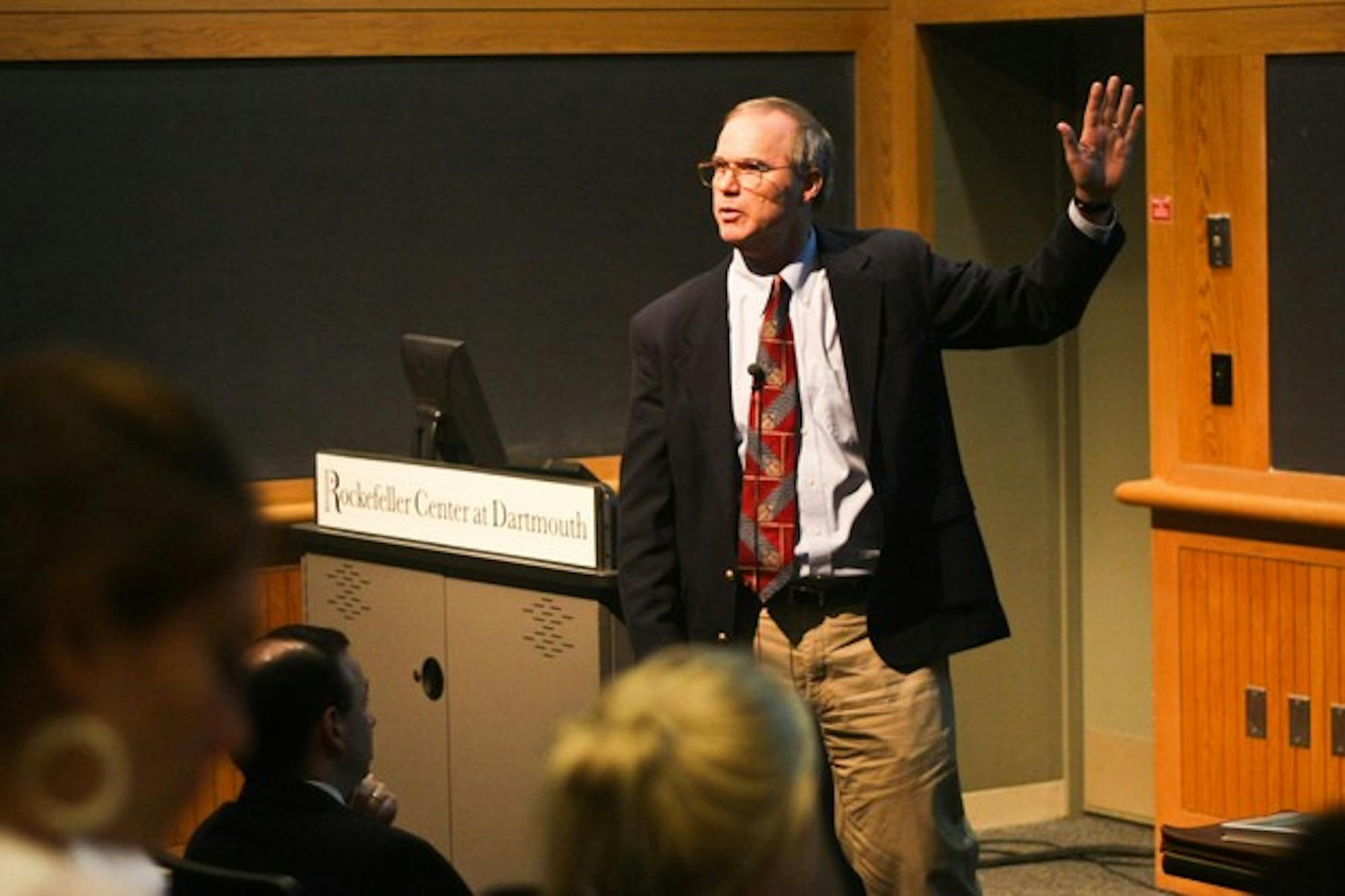"Schools were established by local people," Fischel said. "It wasn't the legislature that created them."
People want to buy homes near high-quality schools, even if they do not have children of school age, because schools are the "locus of social capital" in a community, Fischel said. Poor or inadequate schools can also be detrimental to property values, Fischel said.
Homeowners influence the way schools operate because people will not buy property in school districts that do not comply with current national standards, Fischel said.
"You need to have the voter think that the local property tax will actually buy them something," he said.
The changing trends in American education from the one-roomed schoolhouses of the 19th century to the multi-grade schools of the 20th century result from the demands of homeowners in districts and townships, he said.
The increasing value of a high school education in the 20th century led parents to become more concerned about whether their children were well prepared for high school. Once homeowners realized that the tutorial-recitation method of teaching, in which the children would memorize parts of textbooks and simply recite the lesson back to the teacher, was not adequate preparation for high school, they advocated for a change. Education officials subsequently began organizing schools by grade levels dependant on age and learning ability, Fischel said.
"Local voters were instrumental because the quality of schools is reflected in property values," Fischel said. "[Residents] actually understand more about what makes an education system popular than those with more scholarly involvement in education."
Residents have also affected schools' schedules, Fischel said. Industrialization made American families more mobile, Fischel said. Most families were moving during the summer, so districts developed the uniform September-to-June academic school year that American public schools still use today.
Fischel, basing his arguments on a recent study he conducted, said he gave the lecture because he wanted to dispel the commonly accepted belief that schools evolved over time due mostly to educational establishments, like school boards and city councils.
"School districts were self-governing institutions," he said. "The most democratic institutions we ever had."




